As we work on our shipbuilding databases it becomes increasing evident that we must standardize the description of wooden hull structures, in the same way biologists standardized the description of insects.

Many wooden remains of ancient ships are only partially published and some are not published at all. Some archaeologists are notoriously slow in publishing their results, others are implausibly secretive, and most don’t share their primary data. And this makes it very difficult to implement comparative studies.
J. Richard Steffy argued already in the 1990s that computers were opening a wide range of avenues of research in the study of wooden shipbuilding. Twenty-five years later, we are renewing his plea for nautical archaeologists to adopt our proposed methodology – Castro, F., Bendig, C., Bérubé, M., Borrero, R., Budsberg, N., Dostal, C., Monteiro, A., Smith, C., Torres, R., and Yamafune, K., 2018. “Recording, Publishing, and Reconstructing Wooden Shipwrecks” Journal of Maritime Archaeology, 13.1: 55-66 – or to propose better ones.
